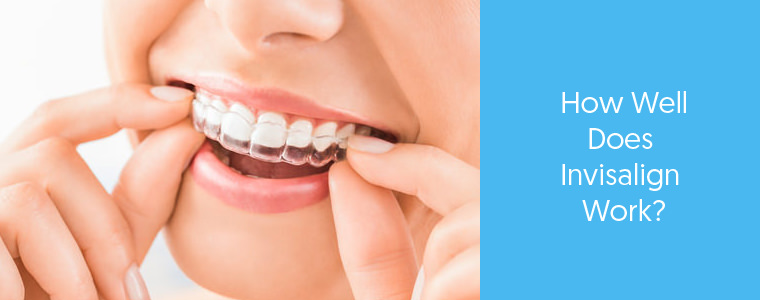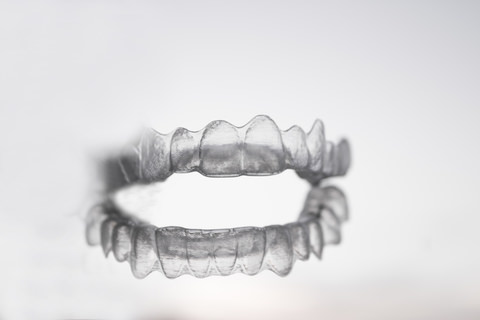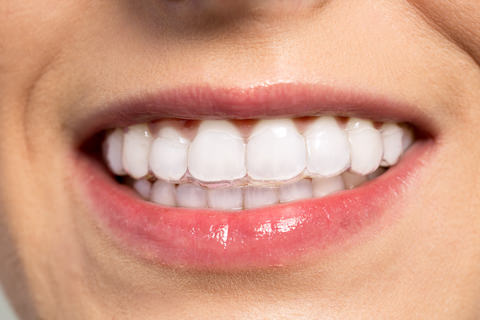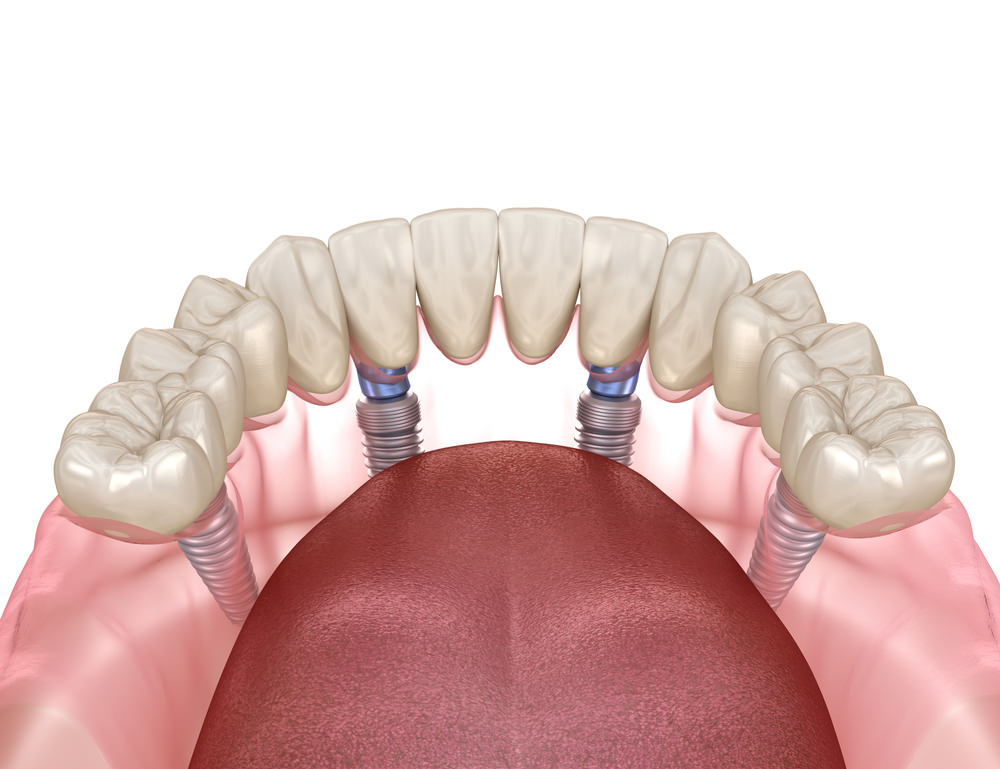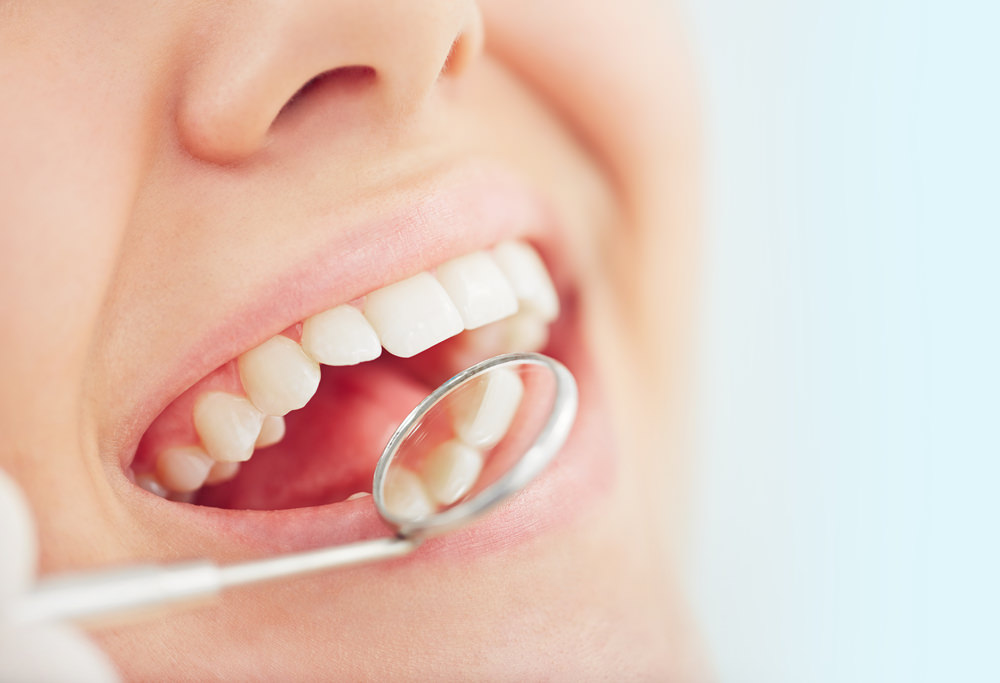Crooked Teeth and Invisalign
Invisalign is a modern-day alternative to braces – they are clear, plastic aligners that are designed to straighten your teeth in perhaps as little as nine to eighteen months.
With fewer disadvantages than Traditional braces, Invisalign are removable, meaning they do not make as much of an impact on your diet or lifestyle. Got to love that!
Invisalign guards are thin, meaning they are virtually unnoticeable when you wear them.
But will they work for me, you ask?
Well, if you are looking to straighten your smile and be that bit more confident in it, but want less of the side-effects of Traditional braces, Invisalign is an option for some.
The honest truth is they aren’t for everyone – extreme cases may still require Traditional braces.
Find out the advantages of Invisalign over braces, and which option may be best for you below.
Before and After Invisalign
While straightening your teeth, a series of aligners are created by using computer imaging software to predict how your teeth will move.
Each aligner only moves your teeth slightly, so the next one works upon what the last one just did.
Each time you put your aligner on, it will feel tight, making your teeth feel slightly sore.
However, after a while, it will begin to feel loose, which means it is time for you to wear the next one in the series.
Once you have gone through the entire set of aligners, your teeth will most likely be all perfectly straight.
After this, it’s time to wear your retainer every night, and you’ll have perfectly set teeth for life!
Want to see actual before and after shots with different crooked teeth?
The Orthodontists website has a great Invisalign Before and After Photos (Australia 2019) that really show you how it can make a huge difference to peoples teeth and their smiles.
Slightly Crooked teeth and Invisalign
Invisalign is a good alternative than Traditional braces for those with mild to moderate malocclusions – that is, slightly crooked teeth – as this is considered a less severe dental issue.
Invisalign are removable, virtually invisible, but you must wear them consistently and not remove them from your mouth too often – that is, keep them on for 22 hours or more per day.
Anything less will result in less effective treatment.
Benefits of Invisalign include the fact that they are a more comfortable procedure than Traditional braces because there is no bulky material on your teeth.
You may feel some slight discomfort whilst switching to a new aligner, but this will only last a few days.
They are also virtually unnoticeable, which may make you feel more comfortable in both social and professional situations.
Invisalign is also a more hygienic alternative to Traditional braces as they can be removed to eat and brush your teeth. Therefore, they have no impact on your diet or lifestyle and you can continue to eat whatever you want throughout the treatment process.
However, like Traditional braces, a lot of discipline is required to your teeth cleaning regime to ensure the treatment is effective, and no problems arise.
You should thoroughly clean and floss your teeth after every meal prior to putting your aligner back on, in order to remove any food debris and clean the area where there is any contact between your teeth and the aligners.
You may need to invest in a few travel toothbrushes.
Can Invisalign Fix Your Bite?
Do you have an overbite (where your upper teeth close too far in front of the bottom teeth)? – Yes, in some cases Invisalign can be used to move your teeth so that the top and bottom teeth align properly when your mouth is closed.
Do you have underbite (where your bottom teeth sit in front of your upper teeth)? – Yes, Invisalign can be used to move your lower teeth back so they sit behind the front teeth.
Have a crossbite (where some of your upper teeth sit inside your lower teeth instead of outside)? – Yes, in a lot of cases Invisalign can be used to move your teeth that are placed incorrectly back into the right place.
Extreme cases? Combine Invisalign and braces for bites that can’t be treated with Invisalign alone.
Very Crooked Teeth and Invisalign – Will it Work?
Invisalign does not have the same strength, and therefore the same capabilities, to move your teeth as braces do.
If you have a very severe malocclusion (dentist-talk for very crooked teeth), you may be turned down for Invisalign, and be recommended to get braces instead.
Whilst unusual, unfortunately, there are simply some cases where a stronger force is required to move the jaw and not just the teeth.
What else can’t Invisalign Fix?
Some cases will require considerable movement of your teeth, and Invisalign simply does not have the strength to achieve the desired outcome.
In these cases, braces tend to be the better option, as they have the necessary capabilities to move the teeth as required.
In certain situations, the state of your teeth may also not be of a satisfactory standard for Invisalign to work efficiently.
Below are some situations where Invisalign may not work effectively;
8 Situations Invisalign might not work
- Tooth shape – If you have teeth that are pegged, round, short, or have severe tips, the aligner may not be able to get a decent grip, and therefore may not be able to move your teeth into the required position
- Large gaps between teeth – Invisalign can only be relied upon to close up to 6mm of space per dental arch
- Severely rotated teeth – Teeth that have been rotated from their normal position by more than 20 degrees (in particular, premolars)
- Teeth that are severely tipped – That is, if your teeth are angled at 45 degrees more than normal
- Crowded teeth – Invisalign may be an issue for you even if your teeth are severely crowded. This is due to the fact that your treatment plan may involve the extraction of some teeth to create space into which your remaining teeth can be realigned
- Intrusion and Extrusion – Your Dentist can raise and lower the position of your teeth in your jawbone so that the height of your teeth becomes the same. Braces also have the power to do this. Invisalign can only be relied on for limited movement in the front teeth, and basically no movement in the back teeth
- Midline movements – If your teeth do not match your midline (that is, the imaginary line down the middle of your face), Invisalign can only be relied on to move it to the left or right by 2mm. Anything else needs to be treated with braces
- Prior dental work – In some cases, prior dental work may stop you from being able to use Invisalign. If you have a dental bridge, porcelain veneers or crowns, you may not be able to use the attachments that come with Invisalign because they may not bond to the surface of your teeth
Untreatable Invisalign Cases
Your teeth must be in good condition before your Invisalign treatment begins.
This is because any new or replacement dental repairments that must be placed whilst you’re undertaking your Invisalign treatment can alter the fit of your aligners.
As such, any planned dental work should be done either before or after, rather than during your Invisalign procedure.
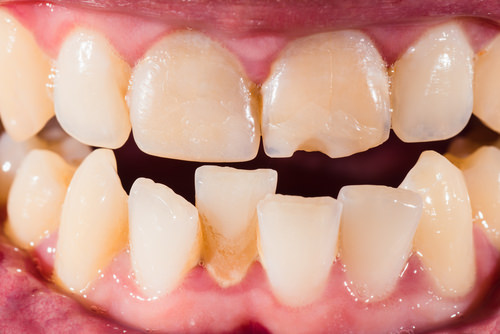
A chipped tooth should be fixed up prior to getting Invisalign
If the Teeth are Still Crooked After Invisalign, what Should You do?
It is common for teeth to sometimes remain crooked after the Invisalign treatment program.
If this is your case, and you do not get the results you expected, consult your Dentist.
They will assess your case and assign you to a Re-treatment program, which involves sending new moulds of your teeth to Invisalign and getting you a whole new set of aligners.
You will then repeat the whole process again from the start.
You may find it necessary to do this once, twice, even three times depending on your case and how efficiently you follow the program.
Conclusion
If you’re looking for an alternative to Traditional braces, try considering Invisalign.
A great solution to slightly crooked teeth, overbites, underbites, or crossbites, these virtually unnoticeable, plastic aligners do the majority of work of braces with far less of the side-effects.
You will feel hardly any discomfort throughout the entire process, which is also more hygienic due to the fact that they are removable.
This too has less of an impact on your diet and lifestyle, meaning you can continue to eat whatever you want throughout the entire procedure.
Keep up with your thorough teeth cleaning regime throughout the entire process and within as little as nine to eighteen months you may find yourself with a perfectly straight set of teeth!
However, before you get too excited, please consult your Dentist to see if you are fit for the procedure.
Invisalign simply does not have the same strength, and therefore the same capabilities, to move your teeth as braces do, and in some cases, such as very crooked teeth, braces may still be the best recommendation you will ever receive.
Would you choose Invisalign or Braces if you needed to straighten your teeth?
By Dr. V
Created at April 26, 2019, Updated at January 25, 2025


